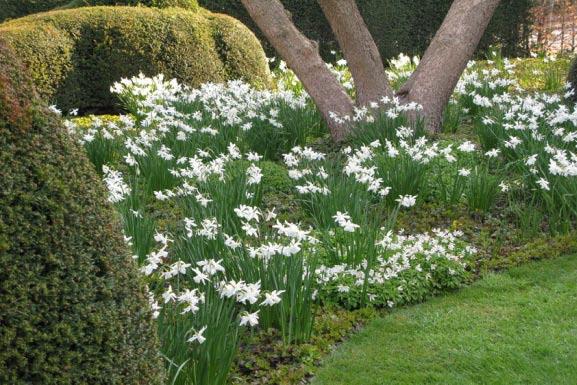AUGUST 2021 VOL. 16 NO. 6
WWW.WASHINGTONGARDENER.COM
WASHINGTON
gardener
the magazine for gardening enthusiasts in the Mid-Atlantic region
Saving and Testing Old Seeds Horticultural Therapy in Northern VA
Composting Tips for Home Gardens Preserve Your Garden Produce Agapanthus Plant Profile Diagnosing Tree and Witch Hazel Issues
Sunflower Fields at McKee-Beshers WMA Meet Joy Columbus, Smithsonian Gardens New Director
Cucamelons
Mexican Sour Gherkin
DC-MD-VA Gardening Events Calendar
Move Your Virtual Workplace Outdoors Planting in Masses











